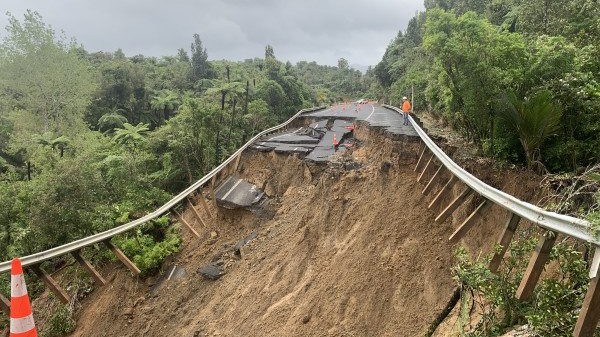Government U-turn on transport must be permanent – Transporting NZ

The government’s U-turn on its transport priorities cannot be a one-off “emergency-style” adjustment, according to Ia Ara Aotearoa Transporting New Zealand.
Transporting New Zealand chief executive Nick Leggett urged the government to learn the lessons from the serious infrastructure damage caused by Cyclone Gabrielle and severe Auckland flooding.
“We must prioritise the resilience of our transport network. That includes roads, bridges, and rail so that whole communities can keep moving when the next storm hits,” he said.
The government’s draft “indicative strategic priorities” for transport, if still pursued after this “emergency” U-turn, would make emissions reduction the “overarching focus” of transport investment – and reallocate funding from road maintenance towards alternative transport options like cycling.
“A one-eyed focus on emissions mitigation isn’t an effective way to future-proof our transport system. As recent severe weather incidents have clearly demonstrated, the number one priority for our transport system is keeping New Zealanders safe and connected” Leggett said.
“Relegating climate resilience, maintenance, freight connections, urban development, and safety to secondary considerations is a recipe for dysfunction.
“We need to get back to basics, and ensure our existing roading network is functional and resilient, rather than focus on ideologically-driven pet projects that simply won’t move the dial to where we need it to go.”
When it comes to emissions reduction, Leggett said both industry and government need to be focussed on immediate, pragmatic action that works, while also refocusing resources and planning on the resilience of our whole transport system.
“The government could roll out fuel-efficient driver training, tax incentives for low and zero carbon vehicles, and remove regulatory blocks to emissions-reducing high productivity motor vehicles almost immediately,” he said.
“Instead, we’re stuck waiting around for the government to give the go ahead for these practical solutions while they decide the ‘New Zealand freight and supply chain strategy’ via committee.”





